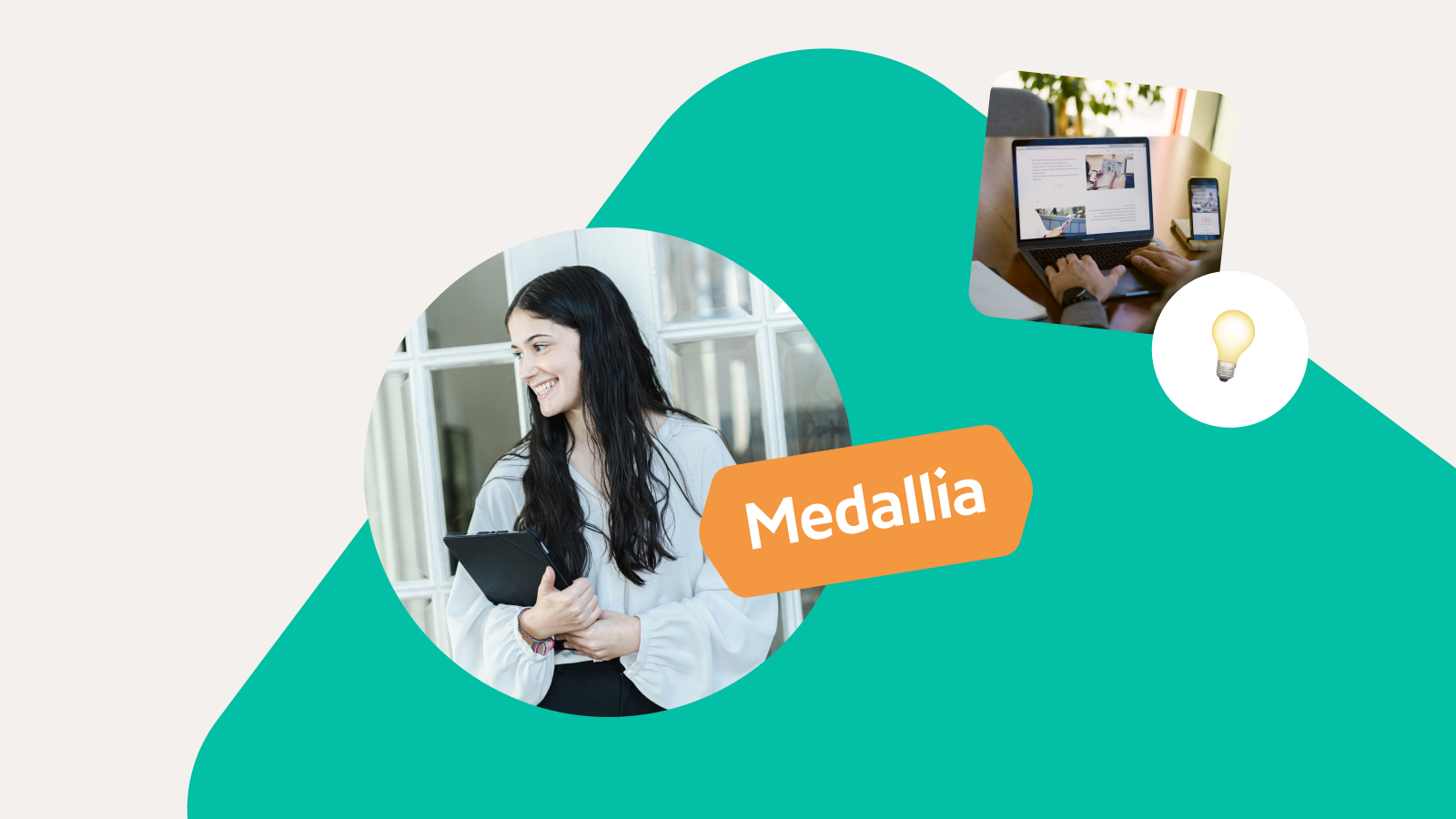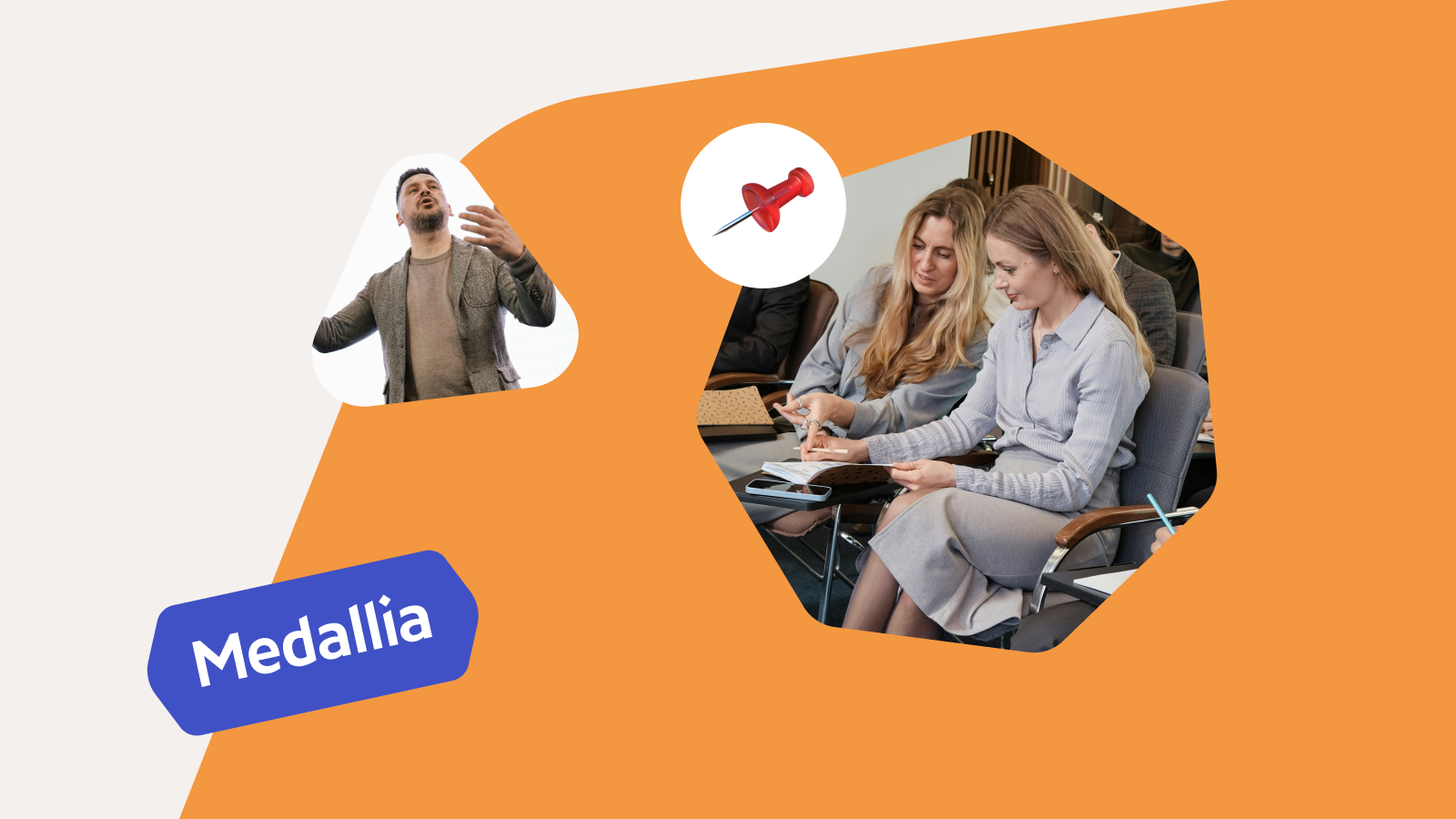NPS® Survey Best Practices and Beyond from the CXO of Likewize
October 19, 2021
Customer Experience
Using these eight NPS® survey best practices helped one B2B tech brand double their customer feedback response rates and in turn reduce call volume and improve NPS.
Brian Powers, CXO of Likewize, the tech protection and support company, (formerly Brightstar) knows that customer feedback is a gift. As the head of customer experience for an organization that makes every tech problem painless for approximately a billion customers of the world’s largest brands, telcos, and banks, Powers’s aim is for his department to “provide service like Apple and communicate like Amazon.” That means proactive digital customer outreach across email, text, chat, and more. His goal? Anticipate customers’ thoughts before they even have them.
In this age of exceedingly high customer expectations, that’s what it takes to get a positive Net Promoter Score (NPS®). Applying strategic NPS® survey best practices — and following through on the results with action — is one of Powers’s key strategies for achieving positive customer experiences.
But survey fatigue is real. So alongside insight into how to get strategic value from surveys and some benchmark response rates, Powers shared his best practices for cutting through the noise.
8 NPS® Survey Best Practices That Doubled Likewize Response Rates
- Set expectations upfront. Your customers are likely being inundated with requests for feedback on a daily basis. Respect their time by letting them know the number of questions you’re asking or the expected amount of time it will take to complete the survey upfront. Is there an incentive to complete the survey? Will responses be kept private or be published? Give as much information, as concisely as possible, in your initial invitation.
- Put your first question in the survey invitation. You’ve probably seen this in practice. Put the first question, along with the ability to answer it, in the survey invitation. Caution: Don’t forget best practice #1 — set those expectations! It can be off-putting to answer the one question and think the survey is complete only to reveal a page with several more required questions.
- Don’t start the survey with NPS®. “Asking for an NPS® is asking somebody for a favor,” says Powers. Likewize positions it as the second question.
- Present all questions on one page. Likewize limits surveys to just five questions. After initially starting with 10 questions, they found that was asking too much. The five questions they now ask include four ratings and one verbatim (fill in the blank) question.
- Spread the survey questions you ask among customers. If your survey tool allows it, alternate a few questions. Likewize poses the same first two questions to all recipients, then switches the last three among customers randomly. That way, they still have the chance to ask 10 questions across its customer base.
- Mix up the customers who receive your surveys to avoid fatigue. Depending on the nature of your business, you may want to segment customers so they receive surveys only at select times. For example, for groups of customers who interact with you frequently, you may want to adjust your settings to send surveys every 30 days rather than every time they conduct a transaction.
- Add surveys along the customer journey to stay ahead of customer expectations. To better understand the entire buying process, not just outcomes, Powers and his team inject surveys at the end of chats, on social media, after phone calls, and more, pre- and post-purchase. “There are many different ways you can interact, and we need to optimize all the touchpoints in the channel of the customer’s choosing,” he says.
- Be data-driven and adapt your outreach methods to meet customers where they are. Track open and engagement rates and be willing to adjust your survey channel when warranted. Powers says, “We noted for a particular client, by and large, they weren’t opening the emails, and they were calling in for status updates.” After analyzing the data, the team decided to add text as a channel by sending a simple message that said, “Here’s your status via text; click here.” After that change, they saw much higher engagement and open rates and a significant reduction in customer calls by pushing out status updates via multiple channels, not via email alone.
NPS® Survey Response Benchmarks
Once you’ve optimized your surveys using the tips Powers shared, what type of results should you expect? Powers has seen a lot in his storied career and he shares that generally:
- B2B surveys result in lower response rates than B2C surveys by about 10 points. That’s because it’s generally harder to reach the right person within an organization for B2B surveys.
- SMS surveys have far higher survey response rates than email. Powers reports that for sales, text (SMS) surveys generate response rates of about 35% to 40%, compared to only 30% to 35% for email. Those rates drop by 10 to 15 points for service surveys, to 25% to 30% for SMS and 15% to 25% for email.
- Sales surveys deliver stronger response rates — and higher NPS® — than service surveys. People are generally more enthusiastic and happier immediately after they make a purchase, so NPS® scores are higher as a result.
How Likewize Highlights the Strategic Value of Surveys
Demonstrating the strategic value of surveys at Likewize all comes down to ROI. Powers and his team start with a business case to justify both the overall program and getting the right tools in place. When building that case, he suggests focusing on how a survey program will:
- Drive new sales
- Reduce customer churn
- Increase retention
- Improve customer lifetime value by allowing the organization to act on customer feedback
Powers knows what he’s talking about by delivering results. Through a combination of leveraging the right customer feedback solution, putting the best practices he shared here into use, and moving forward with data-driven action based directly upon the customer feedback the team gathers, he’s been able to decrease calls per claim by 25% and increase NPS by 25 points since he joined Likewize in 2020.
This, he shares, is the key to justifying the expansion of any customer feedback program. “You can point [finance] back to those kinds of achievements with future projects and say, ‘You know we’d really like to add SMS here, so we can increase our response rates, hear from more customers and get more valid content. And remember we saved 30% last year on our overall costs, largely driven by the customer’s feedback.’”






